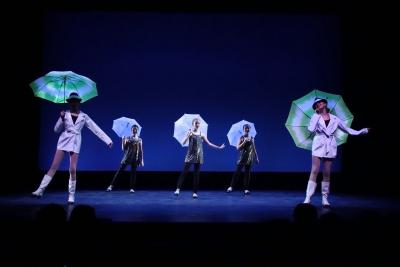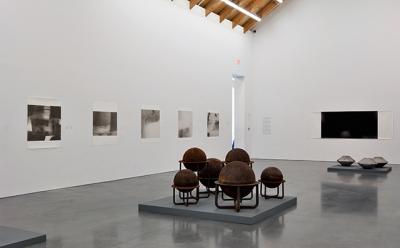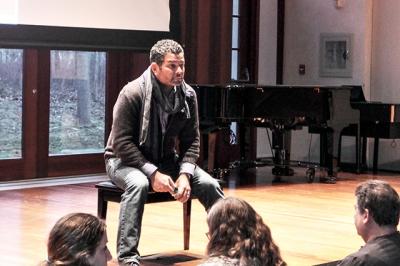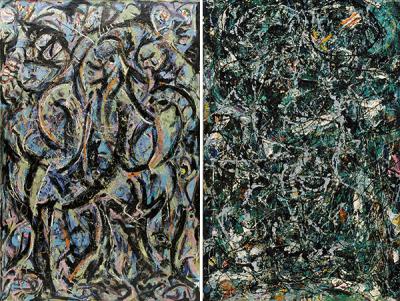International Jazz Returns to Montauk Library
International Jazz Returns to Montauk Library
The Montauk Library will host “Jazz Times Three,” a free concert by Gil Gutierrez on guitar, Bob Stern on violin, and Peter Martin Weiss on bass on Wednesday at 7:30 p.m.
Mr. Gutierrez, who lives in San Miguel de Allende, Mexico, has performed throughout North and South America and Europe. He has been paired frequently with Doc Severinsen, including in a program at Carnegie Hall accompanied by the New York Pops, played as a soloist with numerous symphonies, and composed music for films.
Mr. Stern and Mr. Weiss are mainstays of the music scene on the East End and beyond.







